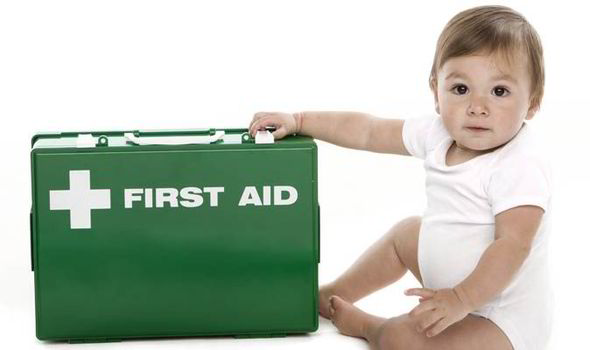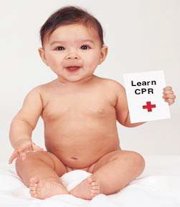 When mothers give birth, they surely will receive a lot of congratulations and wishes of happiness for the new member of the family. Especially for first time moms, the thought of something bad happening to the child is too much to have! As a parent or the primary caregiver, we need to accept and acknowledge the signs of possible danger to the child, so we would know what exactly to do when it does happen.
When mothers give birth, they surely will receive a lot of congratulations and wishes of happiness for the new member of the family. Especially for first time moms, the thought of something bad happening to the child is too much to have! As a parent or the primary caregiver, we need to accept and acknowledge the signs of possible danger to the child, so we would know what exactly to do when it does happen.
First aid courses are really helpful in providing information on what to do when things go out of hand. As the saying goes, “prevention is indeed better than cure” so its time to stand up, be brave and know more about how to make your homes childproof.
Here are some scenarios that commonly happen to babies and some coping mechanisms too.
Hitting her head
Falling is one of the most common reasons why babies cry. They still have not mastered their balance, thus resulting to a fall. These are mostly accompanied by an impact on the baby’s head. Parents panic at once because the baby’s head is fragile and soft. But also know that it is designed to resist bumps so try your best not to panic. Remember, babies do not innately know how to panic. Observe the reaction of your baby. If she acts like nothing happened or she is crying because of the pain (which also is a sign of normal breathing and consciousness), then be assured that your baby is okay. If she starts looking tired or vomiting, then call the emergency hotline at once!
Unconsciousness
If your baby is unconscious, try to rub her forehead, tickle her feet or put your finger in her hand to see if she could grasp. See if she would respond. If there is no response, make sure to call an ambulance without wasting any time. Let the baby lie, face down on your arm, while supporting her jaw to ensure breathing.
Fever
Irritability, tiredness, and loss of appetite are some of the symptoms to consider, aside from temperature, to determine if the baby has fever. Its good to have thermometers at home. If the baby’s temperature goes beyond 36-38 degrees Celsius, it indicates fever. Do not put extra layers of clothing on the baby and do fan her. If she is having a seizure, call an ambulance.
 Burns
Burns
If the baby has heat burns or sunburn, make sure to place the affected part under running cold water for about 10 minutes and 20 minutes if it is a chemical burn. dont’t use lotions or cream for first aid. It is best to see the doctor if burns are larger and deeper.
Choking
If it is a partial obstruction (coughing/gagging), make sure that she maintains an erect position. If it is a full obstruction (silent), immediately call an ambulance and provide five chest thrust and back blows. Do CPR if the baby is unconscious.
Always be ready for any accident in your home. Readiness can be associated with safety and of course, saving your loved ones’ lives.






